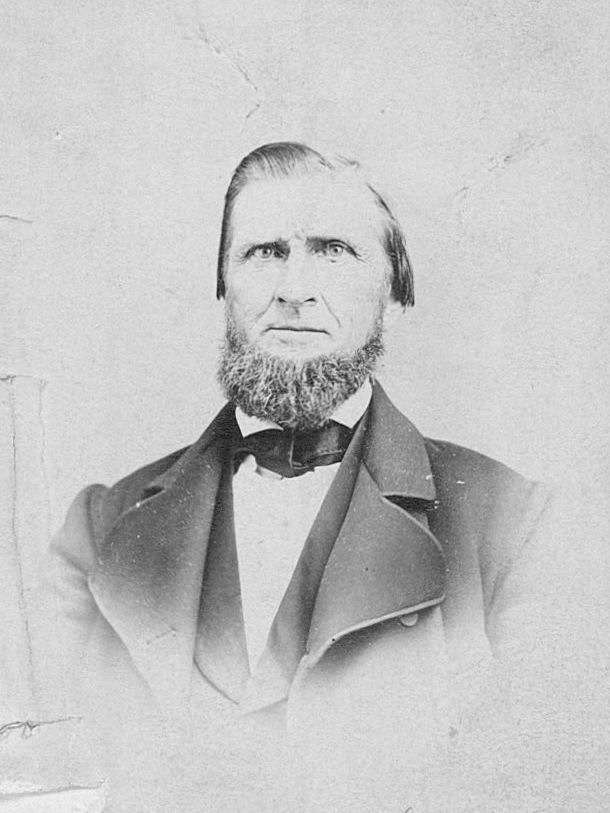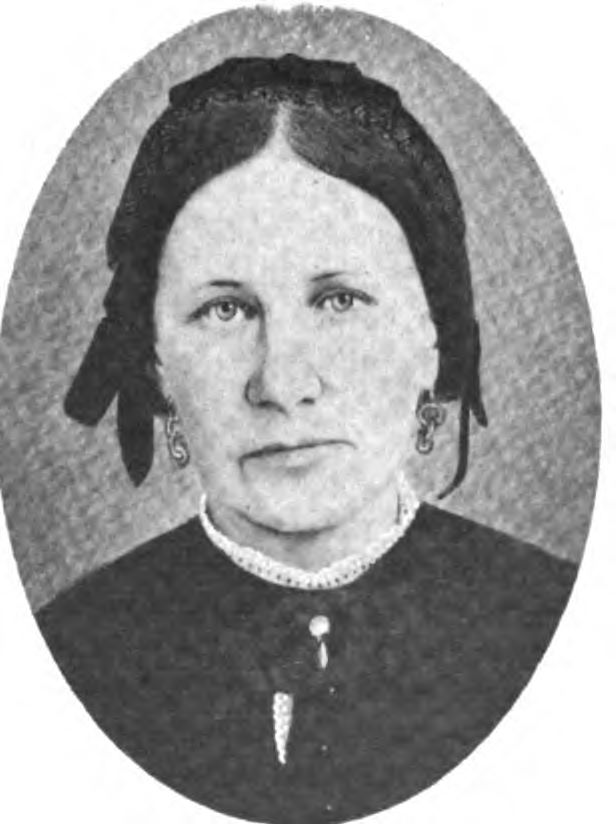Hector Caleb Haight

1810-1879
Known as the first settler of Kaysville
Hector Caleb Haight is unique in that he is claimed by two towns, Farmington and Kaysville, as their first settler.
The original pioneer company soon found that the forage near the Jordan River would not be sufficient for the live stock. For this reason, Perrigrine Sessions and Hector C. Haight were sent north to find grazing. On horseback they scouted the area and discovered plenty of green feed. Later driving the herds north, Sessions chose to stay in the area which is now Bountiful, while Haight moved further along the valley where he wintered on a clear mountain stream which still bears his name.
On this beautiful stream, Haight built a log cabin and brought his family to live, his wife Julia (Van Orden) and his children Mary Adelia, 17; Horton David, 15; William Van Orden, 6. Soon many shade trees were planted; and eventually, as the settlement grew, the spot became something of a resort, called Haight’s Grove or Blooming Grove. Although he later moved to Farmington, Hector C. Haight maintained his home on the creek; and some of his descendants lived there for many years. (3)
The location of the cabin of Kaysville and Farmington pioneer Hector Caleb Haight at Blooming Grove. Haight was the first known settler in the area as he made a home on the Kaysville-Farmington border near Haights’ Creek (now covered) which flows out of Bair Canyon in Fruit Heights. Large trees still stand which may have been planted in pioneer times. A monument plaque, faded but readable, can be found at the spot.
It reads: “Kaysville on the Salt Lake Cutoff – In the fall of 1848, Hector C. Haight moved his family to a stream in West Kaysville that later became known as Haight’s Creek. On the flood plain around the creek, a fine grove of trees provided shade and shelter. This was a natural resting place on the trail and was a comfort to thousands of travelers on their way to California. It became known as Blooming Grove.
“Eventually, Hector Haight offered hotel accommodations and blacksmith services for travelers on the trail. It has been estimated that one-third of all immigrants responding to the California Gold Rush came along this route in the years 1849-1854. The trail, which followed the bluff through Kaysville to Layton and points north, has seen thousands of wagons making their way to join the California road, at City of Rocks in Southern Idaho.”
Hector was sent with his younger brother Isaac and two other men north to suitable grazing land soon after their arrival in the Salt Lake Valley 1847. They passed one herding camp in the Bountiful area where Perregrine Sessions was already encamped. They stopped at the mouth of Farmington Canyon, but several months later moved their tent northwest about three miles to a site along a creek flowing out of what was later named Bair Canyon. The Perregrine and Haight groups together wintered about five thousand head of cattle belonging to the Mormon pioneers in what was to be Davis County.
The following fall the Haight brothers brought their families to settle at the site. Hector’s family included his wife, Julia Van Orden, and children. Both Hector and Julia were New York natives, having married in that state. Their first three children were born in New York and the last two in Illinois. Haight “maintained his home at Blooming Grove, and at the same time, built and occupied a home in Farmington.” Julia was said to be a competent business woman, presumably as she helped to manage the hotel. Hector’s sister Julia Ann (same name as wife) married his wife’s brother. This second Haight-Van Orden family also lived in Kaysville for several years in the 1850s. Isaac Haight’s family moved on in a short time.More from the plaque: “Hensley – Salt Lake Cutoff: In August 1848, ten men with a mule pack train under the leadership of Samuel J. Hensley pioneered a trail near here to the California Road at City of Rocks, today’s Idaho-Utah Border. Traveling down the Humboldt River, Hensley met and gave directions to a wagon train of discharged Mormon Battalion members who then hacked out a wagon road over Hensley’s Trail to Great Salt Lake City, thus establishing the Hensley-Salt Lake Cutoff.”
Sources
-
“First Log Cabin – 1847”, Our Kaysville Story Facebook post by Fawn Morgan, July 25, 2020.
-
“A History of Davis County”, Utah Centennial County History Series, by Glen M. Leonard, 1999
-
“Kaysville Our Town – A History”, by Carol Ivins Collett, 1976, pg. 5-6
-
Photos courtesy of: FamilySearch, Heritage Museum of Layton.

